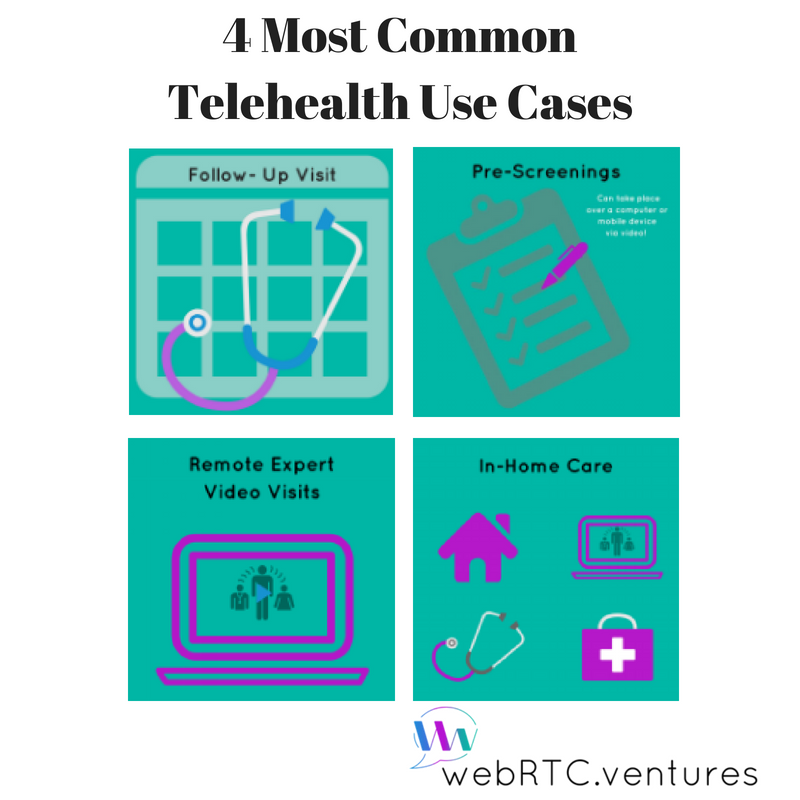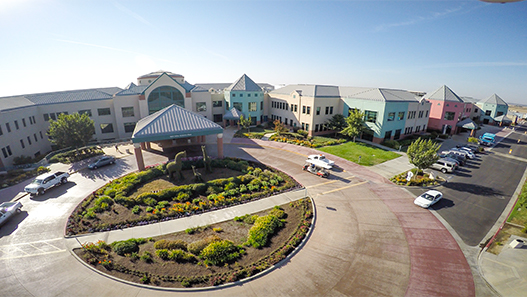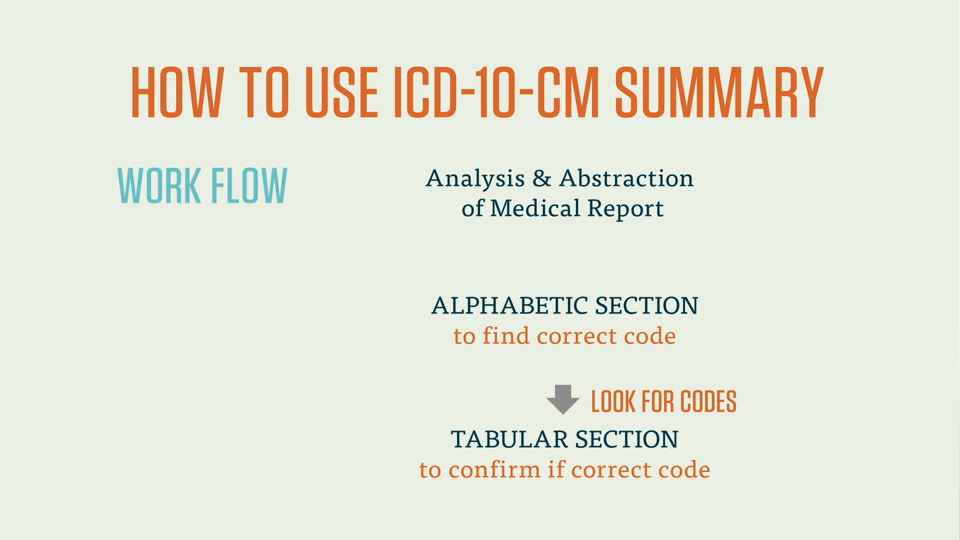Telehealth differs from telemedicine because it encompasses a broader scope of. To recap telehealth is not bound to servicing one type of health related issue its usage is boundless whether it be facilitating psychiatric counseling or remote patient monitoring RPM.
 4 Most Common Telehealth Use Cases
4 Most Common Telehealth Use Cases
But current employee-sponsored coverage levels vary widely.

Why use telehealth. In recent years however telehealth has grown in popularity. Telehealth connects rural providers and their patients to services at a distant site. Telemedicine allows you to connect to a healthcare provider without the need to leave your house and drive to a clinic.
In managing such a case telehealth is key to sustainable long-term improvement for these individuals. Technology has come a long way since then which is why modern telemedicine services are conducted via video call. Some research suggests that people who use telemedicine spend less time in the hospital providing cost.
Telehealth sometimes called telemedicine is the use of electronic information and telecommunication technologies to provide care when you and the doctor are not in the same place at the same time. Remote healthcare delivery can also help slow the spread of COVID-19 and reduce pressure on medical staff. With telemedicine you can discuss your symptoms medical issues and medical concerns with a provider.
Crises are opportunities for innovation. The Benefits of Telehealth. Telemedicine makes it easier for people with disabilities to access care.
Telemedicine is the exchange of medical information from one site to another through electronic communications. When done right telehealth can be an effective way for doctors payers and employers to manage costs. Allows you to follow federal state and local stay-at-home guidelines to protect at-risk family members and the community Saves the cost and hassle of traveling to see a therapist For families it offers a positive and interactive therapeutic experience in your own home.
Telehealth has been shown to improve patient outcomes and reduce healthcare costs. The COVID-19 pandemic has put telemedicine into overdrive. Telehealth could have multiple benefits during the pandemic by expanding access to care reducing disease exposure for staff and patients preserving scarce supplies of personal protective equipment and reducing patient demand on facilities.
The Health IT. But its use must be tempered with a focus on data privacy and cybersecurity. Why should I consider telehealth.
The goals of telehealth also called e-health or m-health mobile health include the following. It can help providers deliver care sooner potentially resulting in fewer procedures shorter hospital stays and healthier outcomes. Some other benefits of telemedicine include.
Data BriefsEvents Connecting Providers and Patients. Changes in state laws across the country have allowed more and more physicians to establish relationships with patients and prescribe medication via video chat. Allows you to talk to your doctor live over the phone or video chat Allows you to send and receive messages from your doctor using chat messaging or email Allows for remote monitoring of patients Save on travel time transportation costs Reduced wait time for services.
WHAT ARE THE BENEFITS OF TELEMEDICINE. Doctors offices and clinics are quickly adopting telehealth visits to treat patients remotely. Promoting Patient-Centered Health Care.
This is done for the purpose of improving a persons health. Make services more readily available or convenient for people with limited mobility time or transportation options. The need for this type of communication is there too.
Telehealth policy changes might continue to support increased care access during and after the pandemic. Make health care accessible to people who live in rural or isolated communities. Improved access to care Trusted Source.

.jpg)








